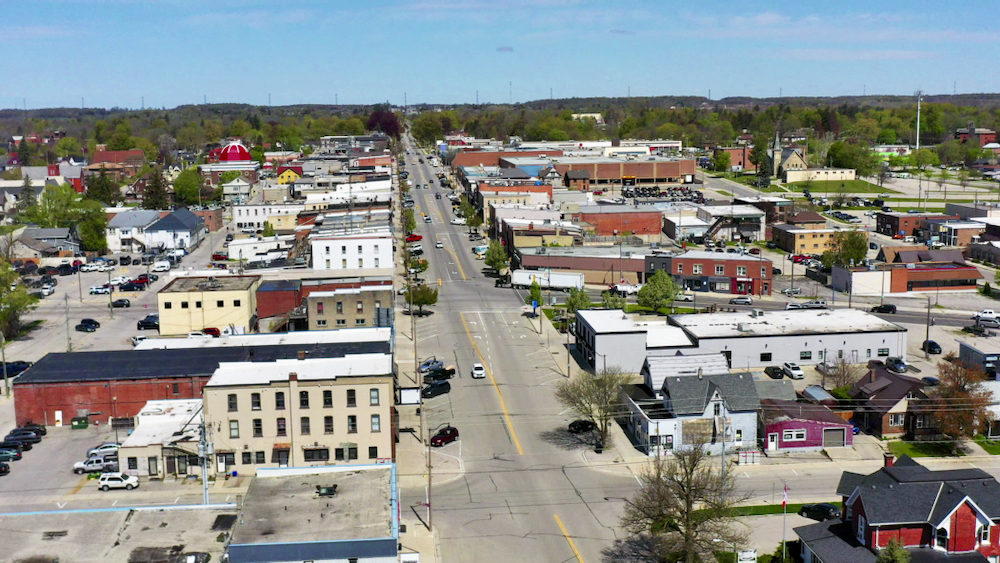Editorial: Growing pains | Farmtario

The agriculture sector often talks about how there is an urban-rural divide and what affect it has on how farming and rural living is perceived by the general public.
Read Also

More BSE-era irritants could disappear
Two more remaining irritants from the BSE case more than 20 years ago could soon go by the wayside. The…
More specifically, how populations shifted from more rural areas to urban areas after the second World War, and the disconnect it has caused amongst consumers on how their food is produced.
“The average consumer is two or three generations removed from a farm” is a phrase I’ve heard or read in various media numerous times.
This disconnect is at the root of many misconceptions people have about farming methods, or those who live in rural areas and may not farm. It’s led to decades of misinformation and ineffective policies that have put undue pressure on what is a vibrant, essential sector that contributes more than its fair share of the province’s GDP.
But there is a reversal of sorts in this trend that is happening, and happening fast – and if not handled correctly could put even more pressure on the agriculture sector.
What’s been happening in the last three to five years is a great number of people are opting to leave urban areas for more rural locations. The primary driver has been the cost of housing, which has risen exponentially within the province and across the country in recent years.
Many people, particularly those with young families or nearing retirement, are realizing that you can get more bang for your buck by buying a cheaper house in a smaller community.
The pandemic fueled this exodus even further as many people were no longer tied down to a particular location being able to work remotely.
But the result is many rural communities in the province are growing rapidly, putting pressure not only on social services in these communities but on land values and use as well.
I live in one such community.
When I first moved to Tillsonburg nearly 18 years ago, the population was just under 12,000 people. Manufacturing and agricultural businesses were the biggest employers and any new housing development seemed focused on retirement living – smaller, one-floor houses with little-to-no greenspace that are easy for seniors to maintain.
In fact, I remember seeing advertisements in magazines and newspapers touting Tillsonburg as ‘the place’ to retire if you wanted to leave the city and be surrounded by quaint farmland, yet not be too isolated.
My husband and I were far away from retirement when we moved to Tillsonburg but it offered the lifestyle we wanted and kept me closer to an agricultural community since we don’t farm.
But it sure doesn’t feel like we live in a smaller community anymore.
In the 2021 census, Tillsonburg was the third-fastest growing community in the country, with a population growth of 17.3 per cent from 2016. The population now crests 20,000 and is still growing.
In late January, Realtor.ca proclaimed Tillsonburg had the highest growth in house sales in the entire country in 2023, at 11.8 per cent over the previous year – nearly nine per cent more than its closest rival, northeastern Alberta, which had a 2.2 per cent year-over-year growth.
I’d love to see these numbers broken down provincially and by town, to really see the true magnitude of urban migration.
The rapid growth in my town has put a lot of pressure on infrastructure. Many rural areas of the province were already strapped for healthcare services before they became attractive to newcomers and this will only get worse without significant government investment in healthcare.
That’s just one social service of concern; education and water are others.
Last summer we were the only community in Oxford County that had an extended watering ban due to the fact we had increased demand on our aquifer system that couldn’t replenish itself quickly enough after a prolonged dry spring. Residents in new subdivisions have been complaining for months now on community Facebook groups that their water pressure is insufficient or even has a brownish colour at times.
I can’t complain that my house value has increased far beyond what it should have had the housing market not grown the way it has. And I’m sure over time, resources will catch up, but not without some growing pains.
But as someone who works in agriculture I can’t help but think about the long-term effects from such rapid housing and population growth in rural Ontario communities could have on the sector if not managed correctly.
That’s why it was so great to see that the Ontario Federation of Agriculture was invited to actively participate in the Rural Ontario Municipal Association’s (ROMA) annual meeting last month for the first time.
ROMA members are thinking about growing pains as well. There is opportunity for agriculture to gain from growing rural communities. Lower land taxes and prices are more attractive for businesses, and food processors in particular could benefit being closer to commodities and raw products as well as a growing labour pool, for example.
Rural communities could be as vibrant and significant as they were a century ago, as well as ‘the place’ to be.
Source: Farmtario.com

